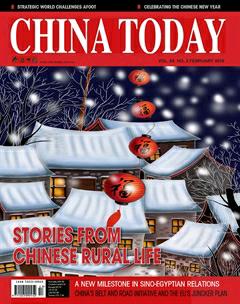C Celehbirantinegs thee New Year
By staff reporter ZHANG HONG
C Celehbirantinegs thee New Year
By staff reporter ZHANG HONG
ON the night of February 17, 2015, as part of the Fantastic Art China series, a firework show took place by the Hudson River, New York. The Empire State Building also put on a light show to see in the Chinese New Year. From February 5 to 10, 2016, Fantastic Art China will tour New York for the second time, on a larger scale and with more international flavor.
Fresh Memory of Last Year’s Fireworks
During the 2015 Chinese Lunar New Year celebrations, New York was hit by a cold front so severe that floating ice formed on the Hudson River in Manhattan. But a 20-minute-long firework show on the occasion of Chinese New Year warmed New Yorkers’ hearts.

Fireworks over the Hudson River on February 17, 2015.
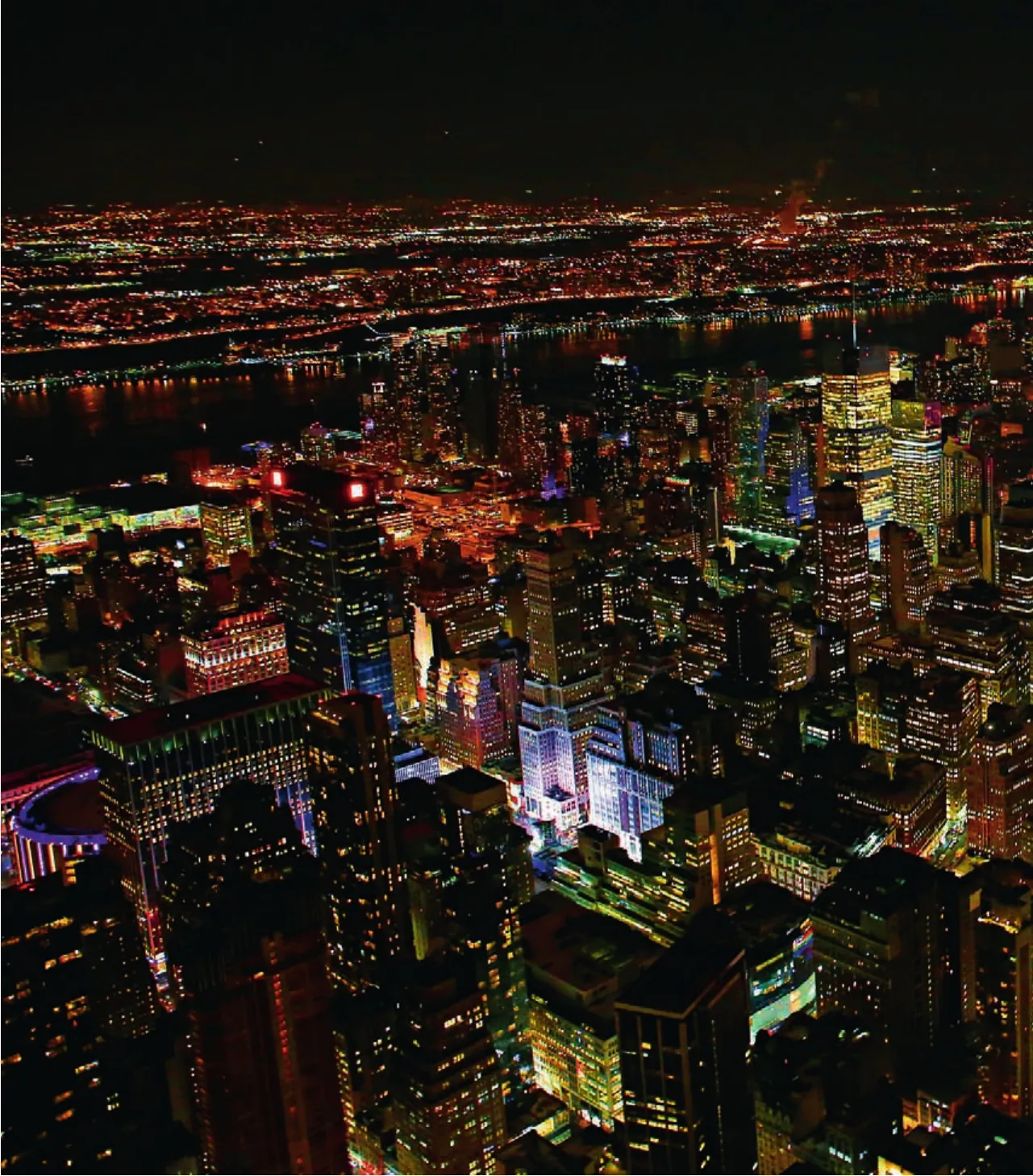
The Empire State Building hosts a light show on February 17, 2015, as a part of Chinese New Year celebrations.
“I was most impressed by the show. It was amazing,” said Wang Qian, a teacher at the Chinese Central Academy of Fine Arts’ School of Art Management and Education, “It was the second longest firework show the city had held, after the Independence Day celebrations.”
“At first we just wanted to share the traditions of Chinese New Year with Americans, to help them get a feel for Chinese culture,” said Yu Ding, dean of the Central Academy of Fine Arts’ School of Art Management and Education and chief planner of the Fantastic Art China program. “It was a cold night, and the river was frozen. We had to use an icebreaker before the fireworks could be hauled by tug boat to the river. Spectators swarmed the river banks, restaurants, sidewalks, and piers.”
It was the first time in the history of New York and the United States as a whole that Chinese New Year had been celebrated with a grand firework show. “The Chinese were not the only ones excited by the event; the Americans, too, were happy to watch the show,” Yu said.
But when Yu’s team was first entrusted with the Fantastic Art China project, the idea of setting off fireworks in New York was met with disbelief: “Everyone thought we were crazy,” he said.
When the first round of fireworks crackled in the New York sky, the organizers were as thrilled as the rest of the spectators. On that snowy night when temperatures plunged to -20°C, the pier was crowded with locals, who also came out onto the balconies of nearby highrises just to watch the show. “The media coverage was massive,” Yu said.
What moved Yu most that night was that the Chinese overseas students studying in New Yorksaid it was the first time in many years that the city actually felt like home during Chinese New Year.
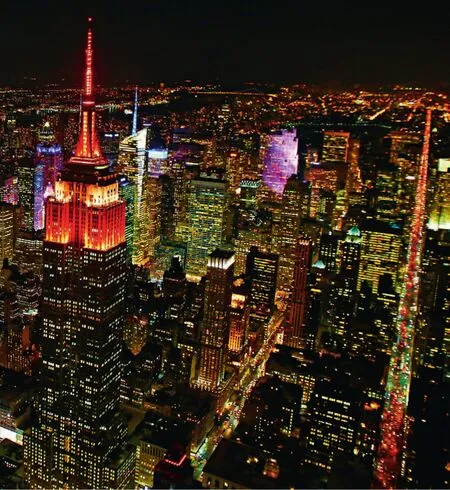
An American TV crew covered the whole event. After the fireworks, they caught the scene on film as the Chinese students chanted in one voice: “I love China! Happy New Year!”
Over 60 million Chinese are living and studying in 198 countries and regions around the world. During the Chinese New Year, also called the Spring Festival, Chinese associations hold parties to bid farewell to the past year and welcome the new one. As China rises in status globally, the Spring Festival is also becoming popular overseas.
“As the world watches China, it also hopes to gain a deeper understanding of Chinese culture, through questions like ‘who are you,’ ‘what do you believe’ and ‘what is your lifestyle and attitude towards life,’” said Shang Jiyuan, director of the Happy Spring Festival Office of the Ministry of Culture’s Cultural Exchanges Bureau. According to Shang, over the years China has been trying to apply the values embedded in China’s Spring Festival to universally accepted and understood values of the world.
In 2008 and 2009, the State Council’s Overseas Chinese Affairs Office and the All-China Federation of Returned Overseas Chinese held a series of events in relation to the Spring Festival for overseas Chinese. In 2010, China’s Ministry of Culture coordinated Spring Festival celebrations around the world to create the Happy Spring Festival, a cultural brand for global exchanges.
Culture is intangible, and its expression requires creativity and integration, which is a formidable task.
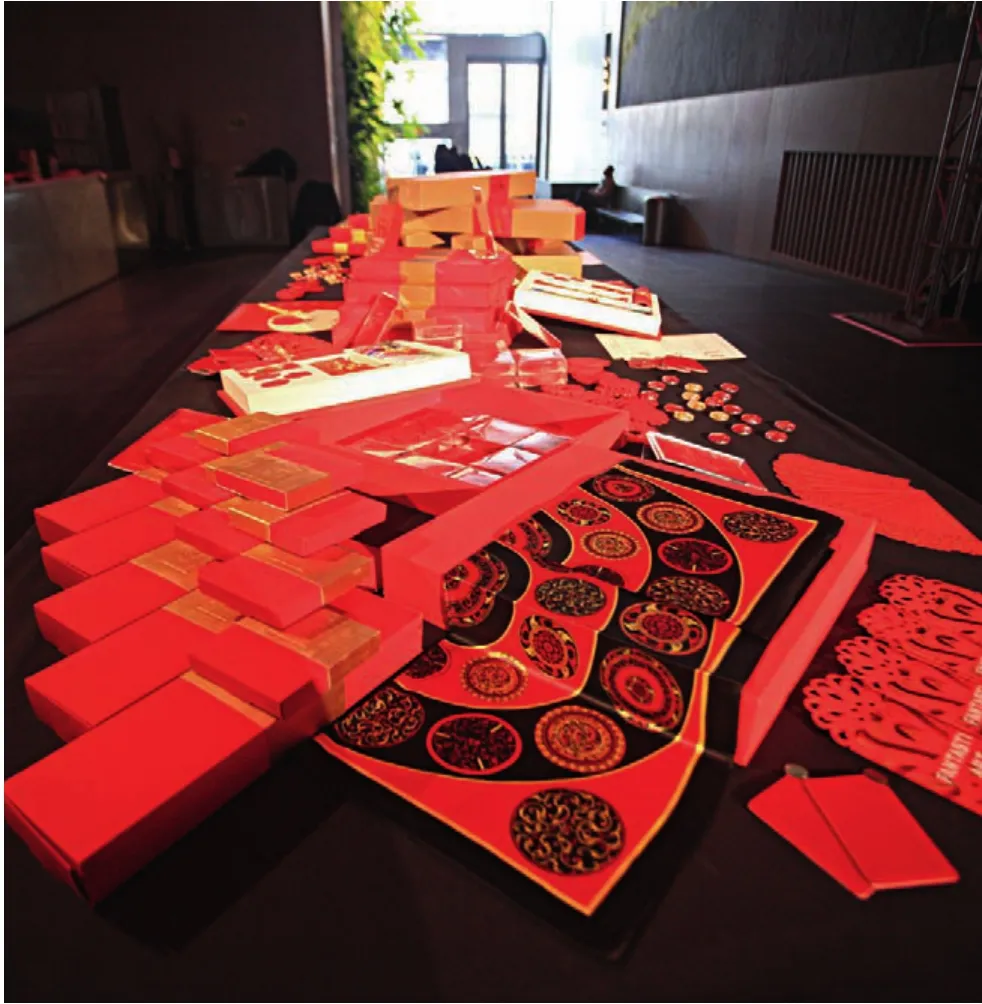
Creative Chinese artworks highlight the Fantastic Art China series.
As a Happy Spring Festival project, Fantastic Art China’s New York show was the first large-scale arts event in the form of public art to promote traditional Chinese culture.
Culture is intangible, and its expression requires creativity and integration, which is formidable task even for a firework show.
In the United States, putting on a firework display is not easy. Yu’s team went through much paperwork to obtain three permits from the air defense, fire station and coast guard. They got the last permit on the morning of the scheduled event.
New York now has two firework shows, one marking Independence Day, the other celebrating the Chinese New Year, on the two rivers of Manhatten.
“The Chinese community in the United States is happy and proud, because this is not an individual act,” Yu said. “We did not expect such success in our first U.S. event. The encouragement we received was so great that we began to prepare for 2016 as soon as the 2015 show was over.”
New Start for the New Year
Fireworks are part of Chinese tradition, but how to modernize this custom has been a test for Yu’s team.
Yu said that the 2016 fireworks show will be shorter, at around 15 minutes, but more intense.
There will be five boats, compared to three last year, which will carry fireworks to the river, and the show will have a wider display range and more patterns. “This year we will focus on more concretethemes than last year, which was more about concepts,” Yu said.
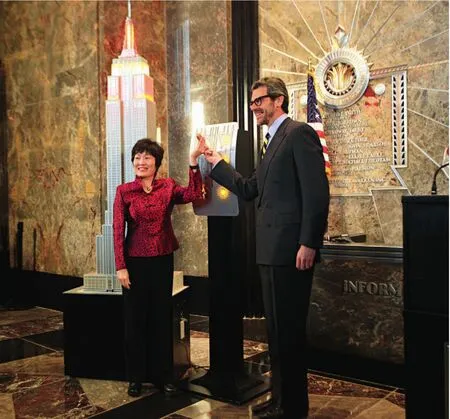
A ceremony is held at the Empire State Building to launch the light show.
One such theme might be a flock of egrets flying in the night sky illuminated by a full moon. Other themes include more traditional symbols such as plum blossoms, orchids, bamboo and chrysanthemums, green mountains and waters, and a dancing golden monkey. He is confident that “the technology won’t be a problem,” given the 1,000-year history of Chinese gunpowder.
The music for the show, written by famous Chinese composer Tan Dun, will be played on air on New York’s Classic Music FM. Some restaurants on the river banks will also broadcast the soundtrack.
To give expression to the Chinese culture of “man-nature unity,” Tan Dun drew inspiration from the flow of water, rocks, grass, trees, flowers and birds to compose the theme music. During the show the cell phones of spectators will become loudspeakers emitting birdsong and gusts of wind to accompany the orchestra.
In addition to the light installations at the Empire State Building, the firework show on the Hudson River, and the public art exhibition at the Lincoln Center, the newly added New York International Arts and Creativity Expo will be a highlight of the 2016 Fantastic Art China event. To be held at the Jacob K. Javits Convention Center, the expo will be the first of its kind organized by China in a foreign country, Yu revealed.
Artists from different countries are happy to spend Chinese New Year with people around the world, so contributing to its celebration, which is key to Chinese culture going global.
For overseas Chinese, Lunar New Year celebrations were in the past paltry and modest, consisting of temple fairs and gatherings among friends. Fantastic Art China has pulled the small celebrations together to create a city-wide event.
“In the past, overseas Chinese celebrated their New Year with lion and dragon dances in Chinatowns, but now they can go to the Lincoln Center and extend the spirit of the Chinese New Year beyond their intimate circles to the entire city of New York,” Yu said.
Modern Conversion of Traditional Culture
On the guiding thread of Fantastic Art China, Yu proposed the “modern conversion of traditional culture.” “We set up a stage for everyone to play on, like at Christmas, and hope artists from around the world will join us. Artists from different countries are happy to spend Chinese New Year with people around the world, so contributing to its celebration, which is key to Chinese culture going global, rather than forcing Chinese elements onto others on all occasions,” Yu said.
China’s Vice Minister of Culture Ding Wei is supportive of Yu’s idea, saying that attracting public participation is the foundation of the project.
After six years of hard work, Happy Spring Festival now has full coverage of all major countries and regions. In 2015 the project carried out 900 programs in 335 cities of 119 countries and regions, attended by around 1,000 heads of state and important members of government, with audiences of 100 million. With the growing influence of the project, the Spring Festival culture has gone beyond overseas Chinese communities and circles to integrate with local culture around the globe.
“The Chinese New Year has become a public holiday, and New York’s public high schools give their students one day off on the first day of the Chinese New Year, which became a legal holiday in 2015,”Yu said.
To follow up on the initial success, Yu believes the project must go deeper to engage cultural and educational exchanges.
The Spring Festival is more than a holiday. It also creates consumption and production needs. In 2015 Macy’s, Hermes and other famous brands grasped the business opportunities of the Spring Festival, and came up with special products for the occasion.
The success of Fantastic Art China has drawn attention from Chicago, Seoul, and other big cities, which hope to host a similar event, but Yu plans to stick to New York for a few more years. “When a brand takes root in a certain place, it will get better and become part of the city culture,” he said. It is his hope that “Chinese New Year can be shared by all humankind, and through it people around the world can accept Chinese culture and cultural products.”
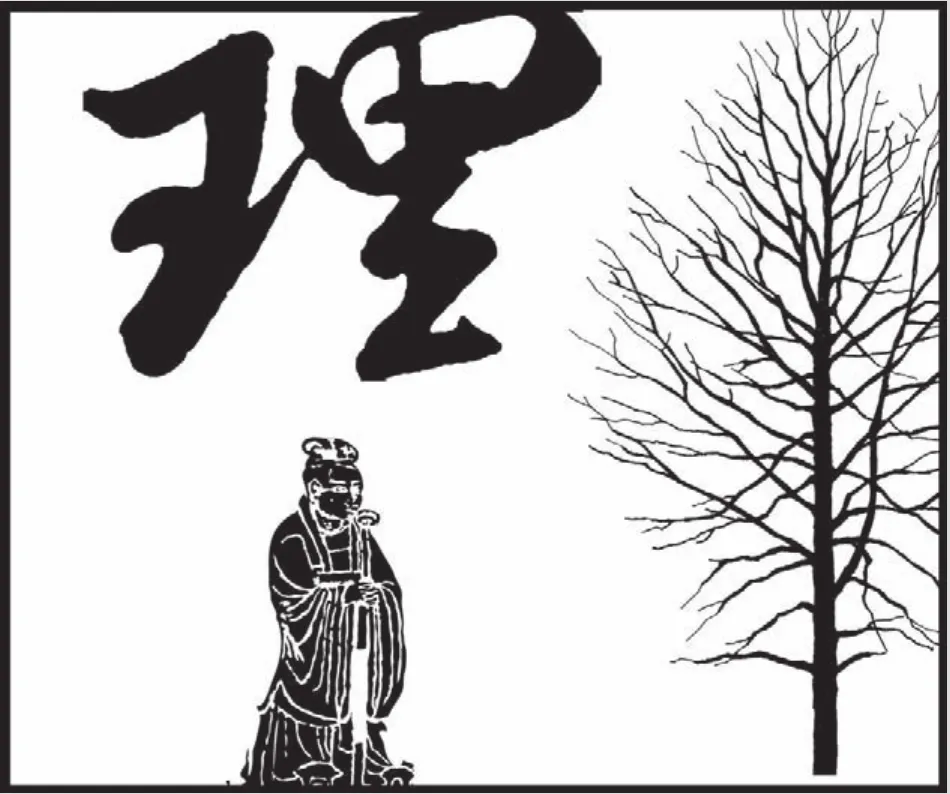
理
/lǐ/
Li (Law)
本义指玉石的纹理,引申而有三重含义:其一,指具体事物的样式或性质,如短长、大小、方圆、坚脆、轻重、白黑等物理属性;其二,指万事万物所遵循的普遍法则;其三,指事物的本原或本体。后两种含义与“道”相近。宋明时期的学者特别注重对“理”的阐发,以“理”为最高范畴,因此宋明时期占主导地位的学术体系被称为“理学”。
The original meaning of li (理) was the texture of jade; later it was extended to contain three meanings: 1) the physical forms or properties of things, such as length, size, shape, tensile strength, weight, and color; 2) the universal laws followed by all things and beings; and 3) the original source or ontological existence of things. The last two meanings are similar to those of Dao. Scholars of the Song and Ming dynasties were particularly interested in describing and explaining the philosophy known as li (理), and considered it as the highest realm, giving rise to the School of Principle, or Neo-Confucianism as it is known, which dominated academic thought in the period from the Song to the Ming dynasties.
引例 Citations:
物无妄然,必由其理。(王弼《周易略例》)
(事物没有随意而为的,必然会因循其理。)
Nothing happens at random; each follows its own li (law). (Wang Bi: A Brief Exposition of The Book of Changes)
有物必有则,一物须有一理。(《二程遗书》卷十八)
(每一事物的存在必有其法则,但所有事物都须有万物皆同的理。)
Everything exists according to its objective law but all things must follow the common li (law). (Writings of the Cheng Brothers)
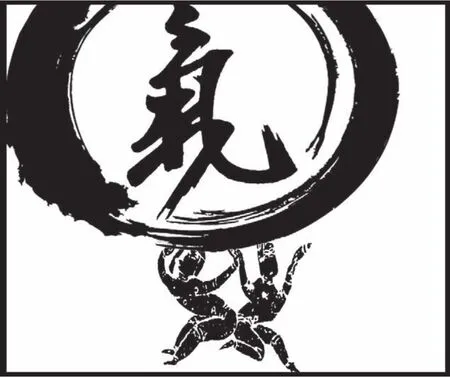
气
/qì/
Qi (Vital force)
独立于主观意识之外的物质实体,是构成一切有形之物的原始物质材料,同时也是生命和精神得以发生和存在的基础。此外,某些思想家还为“气”赋予了道德属性。“气”没有具体的形状,永远处于运动变化之中。“气”的凝聚意味着事物的生成,“气”的消散意味着事物的消亡。“气”贯通于所有有形之物的内外。哲学意义上的“气”与常识性的“气体”概念不同,“气体”指各种非液体、非固体的存在;而从哲学层面来看,液体、固体既是有形之物,其生成、存在也是“气”凝聚的结果。
Qi (vital force) has a material existence independent of subjective consciousness and is the basic element of all physical beings. It is also the basis for the birth and existence of life and spirit. In addition, some thinkers have endowed qi with a moral attribute. Qi is in constant motion and change, and has no specific shape. Its concentration gives birth to a thing and its evaporation signals the end of that thing. Qi permeates all physical beings and their surroundings. Qi, as a philosophical concept, is different from what is commonly understood by the word qi(气), namely, air. Although things in the form of liquids, solids and air are distinct from one another, from the perspective of the ancient Chinese philosophy, their formation and existence are the results of the concentration of qi.
引例 Citations:
通天下一气耳。(《庄子·知北游》)
(贯通天下万物的就是一个“气”罢了。)
It is qi that permeates everything under heaven. (Zhuangzi)
天地合气,万物自生。(王充《论衡·自然》)
(天地之气相互交合,万物自然而生。)
The convergence of qi of heaven and that of earth gives life to all things. (Wang Chong: A Comparative Study of Different Schools of Learning)
Selected from Key Concepts in Chinese Thought and Culture published by Foreign Language Teaching and Research Press.

